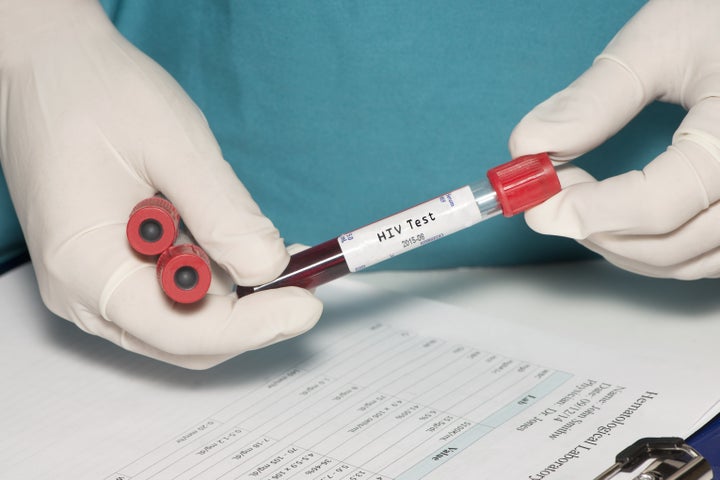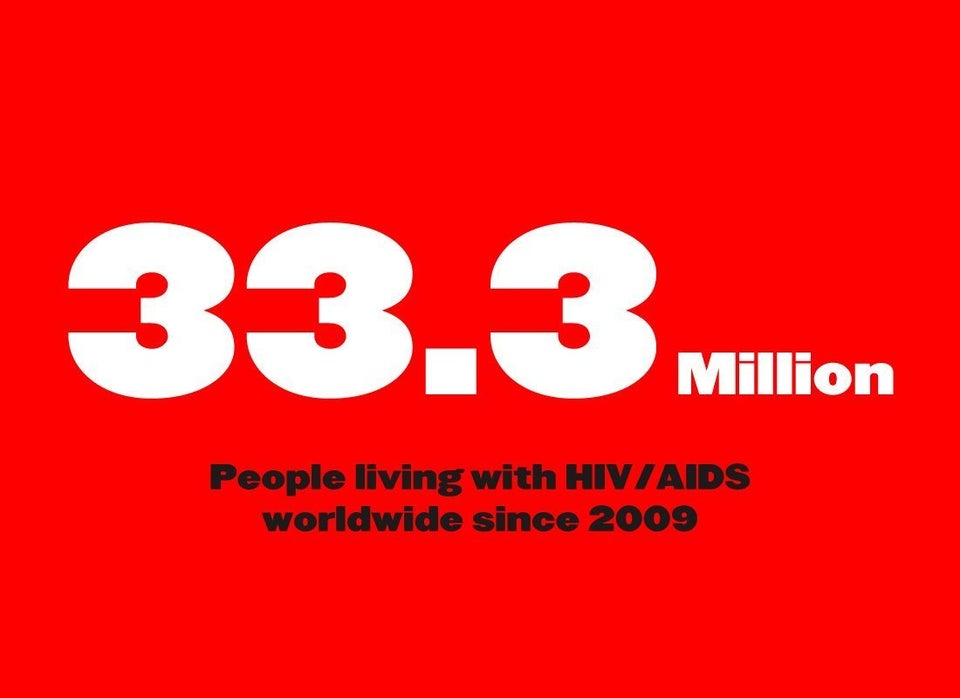
(Reuters Health) - Resistance to a key HIV drug is common worldwide and could mean trouble for treating and preventing the virus that causes AIDS, according to a new study.
In some parts of the world, more than half of people who continued to have uncontrolled HIV despite treatment turned out to have a form of the virus that is resistant to the drug tenofovir, researchers report in The Lancet Infectious Diseases.
The new study suggests treatment and monitoring of HIV patients around the world needs to be improved, and surveillance also needs to be increased, said senior author Dr. Ravi Gupta, of University College London.
Tenofovir is the drug of choice when it comes to treating and preventing human immunodeficiency virus (HIV). The drug can also be used to treat hepatitis B.
"If you develop resistance to that, it’s a very large loss," said study author Dr. Robert Shafer, of Stanford University in California.
"The availability of second-line drugs is increasing, but they're quite a bit more expensive and have more side effects associated with them," Gupta told Reuters Health.
People acquire HIV resistance to tenofovir in one of two ways, he said. Either they don't take the drug as intended and the virus mutates, or they are infected by someone with a resistant form of the virus.
For the new study, the researchers used data from 1,926 people in 36 countries who continued to have uncontrolled HIV despite simultaneous treatment with an assortment of drugs that included tenofovir.
The proportion of people with tenofovir-resistant HIV ranged from 20 percent in Europe to over 50 percent in sub-Saharan Africa.
While the study can't say what causes tenofovir-resistant HIV, the researchers found the health of the immune system when treatment begins, and the other drugs in the treatment regimen, are linked to the risk of resistance.
People who started treatment with a low CD4-cell count, which is a measure of the immune system's health, were about 50 percent more likely to have resistance than people with healthier immune systems.
"We think that part of the reason is that the immune system helps the drugs," said Gupta.
In addition, people taking a drug called lamivudine were also about 50 percent more likely to have resistance than those taking a similar drug known as emtricitabine.
Also, treatment with the drug nevirapine, rather than a similarly acting drug called efavirenz, was also tied to higher odds of tenofovir-resistant HIV.
Unlike previous studies, Gupta said, the new research found tenofovir-resistant HIV reproduces itself just as much as non-resistant HIV does, which means that resistance can be passed on to other individuals.
"I think that if these trends continued . . . and you found a lot of HIV infections had resistance, then you would find the efficacy of PrEP is compromised," said Gupta, referring to pre-exposure prophylaxis, which is the practice of having uninfected people take anti-HIV drugs to try to avoid getting the virus.
The researchers say they can't predict how many people with HIV will have resistance, because their study only included people who failed treatment.
However, their estimates suggest that under current circumstances, about 8 percent to 18 percent of patients in sub-Saharan Africa who receive tenofovir plus efavirenz will develop resistance in the first year of treatment.
The findings highlight the need for better surveillance of drug resistance in patients with HIV, they write.
"We need these early warning systems and to act on what we find," Gupta said.
SOURCE: bit.ly/1nBlyDw The Lancet Infectious Diseases, online January 28, 2016.
Also on HuffPost:

